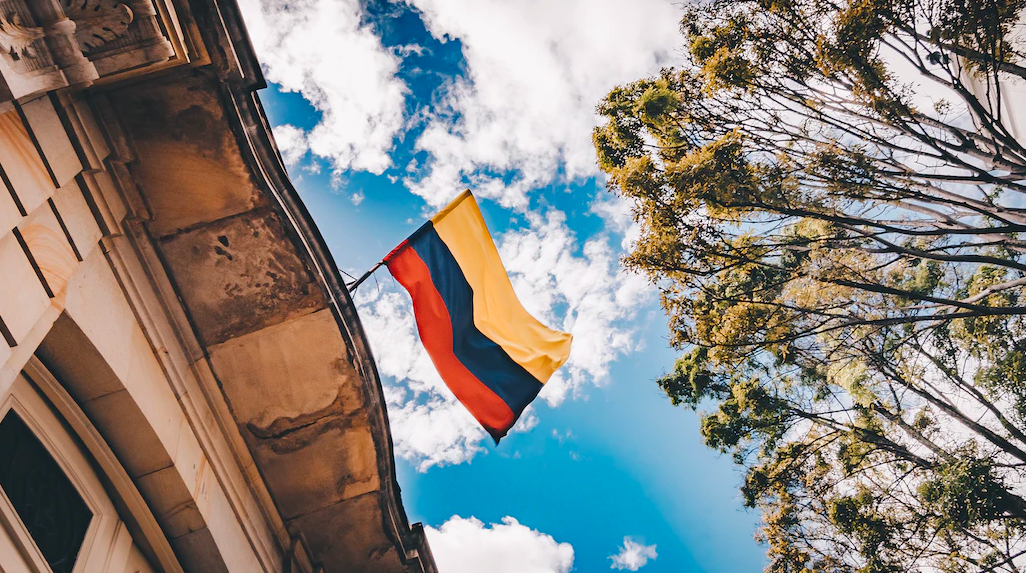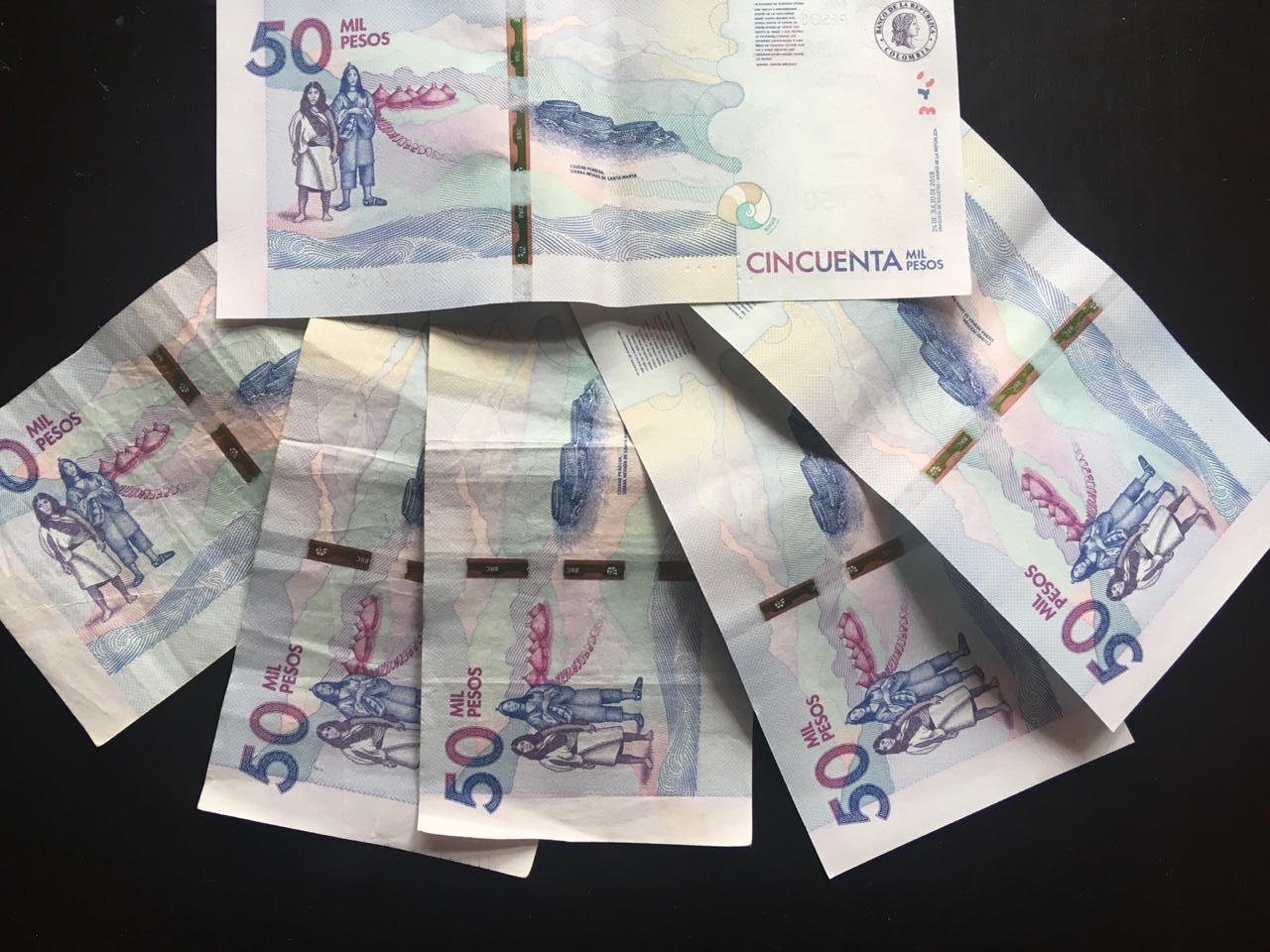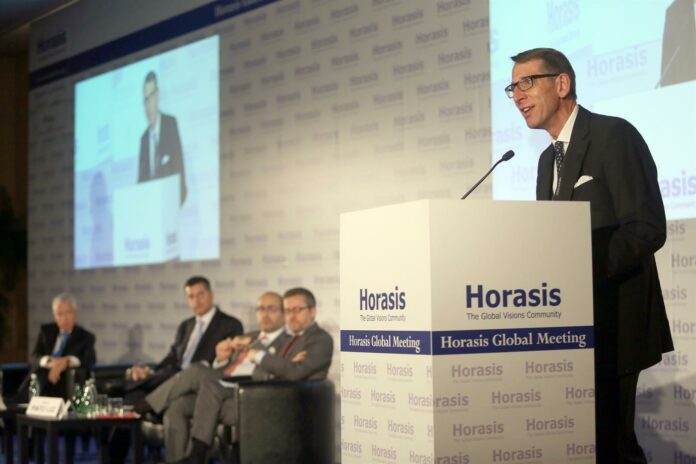The Bogota Post talks to the experts to find out what we can expect from the Colombian currency this year
Two years ago a strong peso was one of the greatest challenges facing Colombian Finance Minister Mauricio Cardenas. Record levels of foreign investment, particularly in the mining and hydrocarbons sector, pushed up the value of the Colombian currency from 2010 through 2012, with the exchange rate to the dollar hovering around $1,760 COP in late 2012.
With the agricultural and industrial sectors losing competitiveness, Cardenas announced a strategy to avoid the effects of ‘Dutch Disease’, doubling the central bank’s dollar purchases.
By the first days of February 2015, however, a greenback was fetching $2,439 COP. Not, it should be stated, a result of the wild success of government policy. The dollar has been on a tear since July 2014 with US corporate profits on the rise and unemployment falling below 6 percent.
Meanwhile, the rest of the world looks less attractive for investment, with the threat of deflation in the Eurozone and emerging market growth slowing as the prices of key commodities such as oil, copper and iron ore have fallen.
While the strong dollar is one half of the story, the fact that the Colombian peso was among the four worst performing currencies of 2014 (keeping company with the Argentine peso, the Russian rouble and Ukraine’s hryvnia), suggests local factors are also at play. The country’s increasing dependency on oil as both a target of investment and a source of revenue is one of the key reasons for the dramatic devaluation, according to Jorge Ivan Bula, Vice Rector of the National University in Bogota.
“The growth of Colombia’s oil industry led to the peso becoming overvalued,” said Bula. “At the same time, the weakness of traditional export destinations such as the US and EU after the 2008 financial crisis, compounded the negative effects of the strong peso on the agricultural and industrial sectors.”
But while the flower, leather and coffee industries may welcome a weaker peso, many of the country’s other industries – including automotives and textiles – will find that key inputs have become more expensive.
With winners and losers from the current exchange rate, Gabriel Jimenez Peña, a professor of International Political Economy at Los Andes University, believes the exchange rate itself is not the key issue for the finance ministry.
“I think the government is more concerned about the fall in oil prices which will oblige it to refine its fiscal policies,” he said.
With oil accounting for around 16 percent of government revenue, the recent capitulation of oil prices to almost $50 USD a barrel has forced the government to reassess its budgets for the coming years.
What does this mean in real terms?For foreigners looking to bring dollars or pounds into the country, it’s a good thing — much more bang for your buck. But for those who enjoy buying imported products or are looking to change pesos into foreign currency and take them out of the country, you will feel the pinch from the weakened peso. |
If the government does want to strengthen the peso, its options are limited, according to Jimenez.
“One option would be to sell the country’s dollar reserves, which currently stand at $43 billion USD, and take advantage of current low rates to replace them with Euros, thereby diversifying reserves,” he said. “The problem is that this would diminish the country’s ability to react to a balance-of-payments crisis.”
Bula said he thought it unlikely that the government would raise the current central bank lending rate of 4.5 percent for fear that it could put the brakes on growth.
With the US Federal Reserve expected to raise interest rates during the course of 2015, the strong dollar could be an economic reality for the foreseeable future.
“I think Colombians will have to get used to the dollar above the imaginary benchmark of $2,000 COP”, Jimenez said. “I expect to see an average rate of $2,300 or even higher if the oil price doesn’t improve.”
Guide to the ups and downs of the Colombian peso
By Mat Youkee






